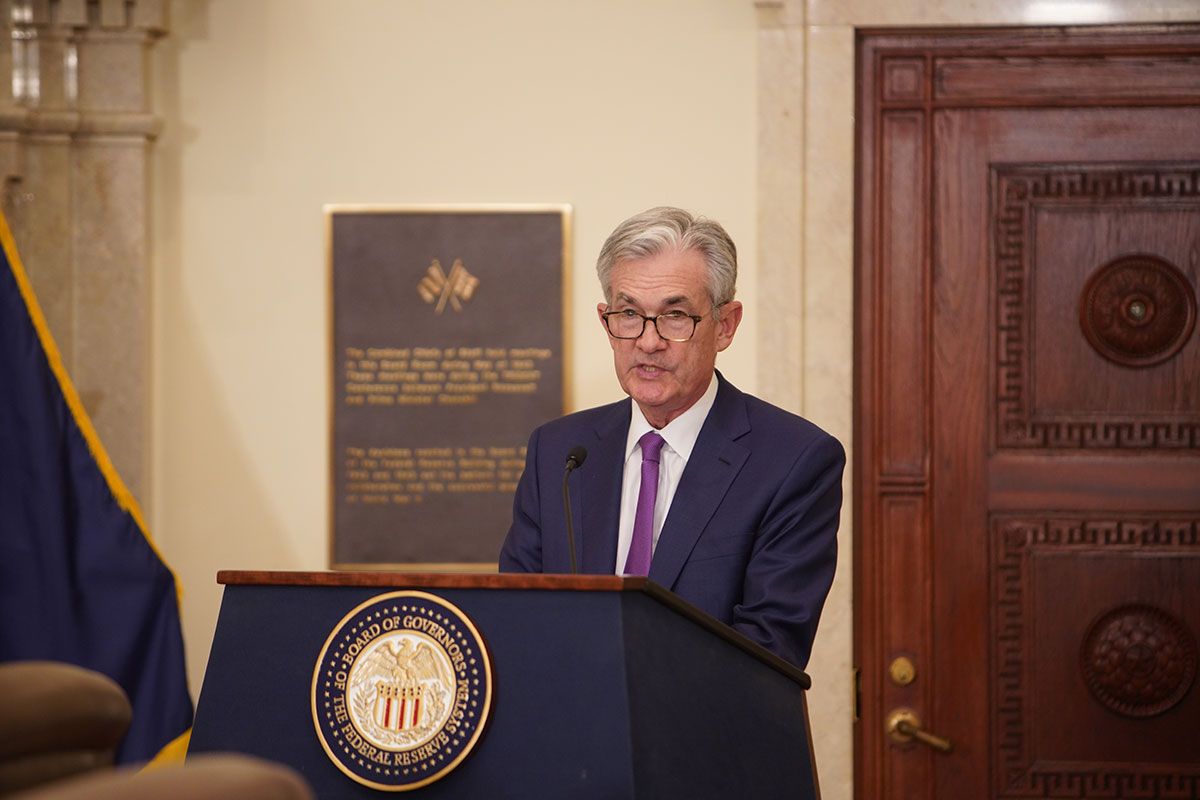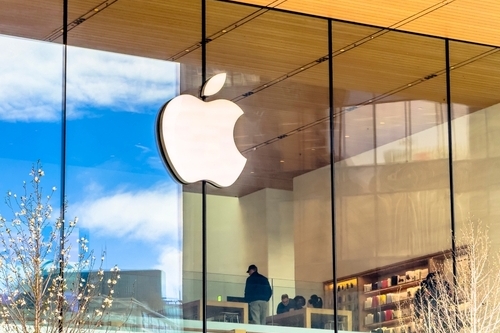USD/INR jumps to two-week high as US confirms Russian-linked tariffs on India

- The Indian Rupee slides to an over two-week low of around 87.90 against the US Dollar.
- Indian exports to the US are set to face 50% tariffs from Wednesday.
- The removal of Fed’s Cook by US President Trump has dampened its independence.
The Indian Rupee (INR) declines to an over two-week low of around 87.90 against the US Dollar (USD) at open on Tuesday. The USD/INR pair extends its upside as the Indian Rupee faces selling pressure due to looming tariffs imposed by the United States (US) on imports from India, which will come into effect on Wednesday.
US Homeland Security confirmed in early trade on Tuesday that Washington will impose an additional 25% tariff on all Indian-origin goods from Wednesday, Reuters reported. The agency added that the new duties will apply to goods entering the U.S. for consumption or withdrawn from a warehouse for consumption from 12:01 AM EDT on Wednesday or 9:31 PM IST.
The imports from New Delhi to Washington are facing one of the highest tariffs among US trading partners for buying Oil from Russia. US President Donald Trump warned India that he would penalize India by increasing additional duties if it continued to buy Russian Oil. Trump increased reciprocal tariffs on India to 50%.
The imposition of higher levies on Indian exports to the US has dampened the competitiveness of Indian products in the global market. The impact of looming tariffs is also visible on Indian equity markets, which have fallen like a house of cards right from the first tick on Tuesday. At the time of writing, Nifty50 is down 0.75% to near 24,770.
Additionally, the continuous outflow of foreign investment in the Indian stock market has also battered the Indian Rupee. So far in August, Foreign Institutional Investors (FIIs) have sold Indian equities worth Rs. 28,217.26 crores. FIIs also remained net sellers in Indian equity markets in July and pared stake worth Rs. 47,666.68 crores.
Daily digest market movers: The oust of Fed’s Cook weighs on US Dollar
- The upside move in the USD/INR pair despite some pressure on the US Dollar demonstrates significant weakness in the Indian Rupee. The US Dollar faces slight pressure in early trade on Tuesday as US President Trump has fired Federal Reserve (Fed) Governor Lisa Cook over mortgage allegations.
- Last week, US President Trump called Fed Governor Cook to resign after his political allies accused her of holding mortgages in Michigan and Georgia. In response, Cook stated that she had "no intention of being bullied to step down" from her position at the central bank, Wall Street Journal (WSJ) reported.
- Market experts are seeing the ousting of Fed’s Cook as a serious attack by President Trump on Fed’s independence, which is an autonomous body whose decisions are independent of political influence.
- "The move is another example of concerns over the Fed’s independence weighing on the dollar and has implications for the potential make-up of the FOMC going forward, which could see more dovish-leaning members. That adds to rate-cut prospects and a softer dollar outlook," analysts at OCBC said, Reuters reported.
- For a decent period of time, US Trump also threatened to fire Fed Chair Jerome Powell for not lowering interest rates. However, Trump praised Powell after the Jackson Hole Symposium on Friday, in which the latter surprisingly delivered a dovish stance on the interest rate outlook.
- On Friday, Fed’s Powell argued that there is a need to adjust policy rates as labor market concerns have escalated. Powell’s dovish remarks intensified market expectations for an interest rate cut in the September policy meeting, however, he didn’t explicitly endorse a rate cut move for next month.
- For fresh cues on the monetary policy outlook, investors await US Personal Consumption Expenditure Price Index (PCE) data for July, which is scheduled to be released on Friday.
Technical Analysis: USD/INR stays above 20-day EMA
The USD/INR pair reclaims the two-week high of around 87.90 on Tuesday. The near-term trend of the pair remains bullish as it holds above the 20-day Exponential Moving Average (EMA), which trades near 8742.
The 14-day Relative Strength Index (RSI) rises above 60.00. A fresh bullish momentum would emerge if the RSI holds above that level.
Looking down, the July 28 low around 86.55 will act as key support for the major. On the upside, the August 5 high around 88.25 will be a critical hurdle for the pair.
Indian Rupee FAQs
The Indian Rupee (INR) is one of the most sensitive currencies to external factors. The price of Crude Oil (the country is highly dependent on imported Oil), the value of the US Dollar – most trade is conducted in USD – and the level of foreign investment, are all influential. Direct intervention by the Reserve Bank of India (RBI) in FX markets to keep the exchange rate stable, as well as the level of interest rates set by the RBI, are further major influencing factors on the Rupee.
The Reserve Bank of India (RBI) actively intervenes in forex markets to maintain a stable exchange rate, to help facilitate trade. In addition, the RBI tries to maintain the inflation rate at its 4% target by adjusting interest rates. Higher interest rates usually strengthen the Rupee. This is due to the role of the ‘carry trade’ in which investors borrow in countries with lower interest rates so as to place their money in countries’ offering relatively higher interest rates and profit from the difference.
Macroeconomic factors that influence the value of the Rupee include inflation, interest rates, the economic growth rate (GDP), the balance of trade, and inflows from foreign investment. A higher growth rate can lead to more overseas investment, pushing up demand for the Rupee. A less negative balance of trade will eventually lead to a stronger Rupee. Higher interest rates, especially real rates (interest rates less inflation) are also positive for the Rupee. A risk-on environment can lead to greater inflows of Foreign Direct and Indirect Investment (FDI and FII), which also benefit the Rupee.
Higher inflation, particularly, if it is comparatively higher than India’s peers, is generally negative for the currency as it reflects devaluation through oversupply. Inflation also increases the cost of exports, leading to more Rupees being sold to purchase foreign imports, which is Rupee-negative. At the same time, higher inflation usually leads to the Reserve Bank of India (RBI) raising interest rates and this can be positive for the Rupee, due to increased demand from international investors. The opposite effect is true of lower inflation.





